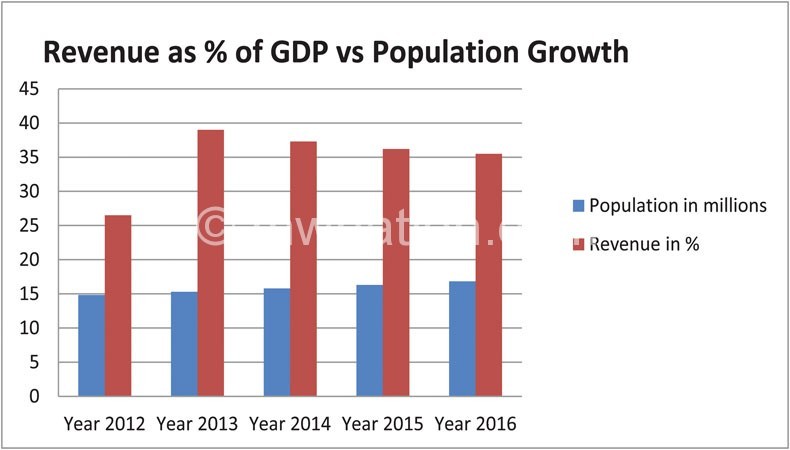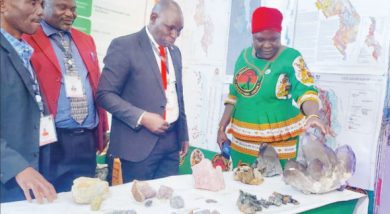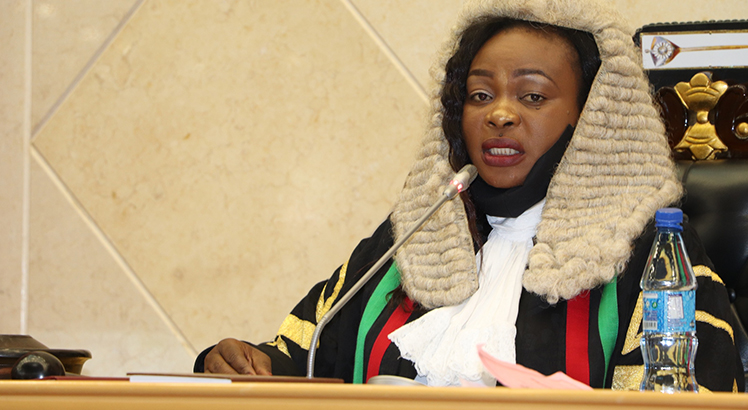Malawi revenue, expenditure drop

Malawi’s expenditure and revenue as a percentage of GDP are projected to drop between 2012 and 2016, according to the country’s Public Expenditure Review (PER) prepared in November 2013.
According to the review prepared jointly by the World Bank and the Malawi Government, revenue stood at 39 percent of the GDP in 2012/13 fiscal year and will drop by 3.5 percentage points to 35.5 percent in 2015/16.
The review also indicates that within the period, tax and non tax revenue will marginally rise by about 1.2 percent of the GDP while grants will drop by a staggering 4.6 percent within the same period.
Expenditures are also expected to drop by 3.9 percentage points from 40.2 percent to 36.3 percent.
But responding in an e-mail on Thursday Centre for Social Concern (CfSC) social conditions research programme officer Alex Nkosi said the based on the trends the government will go on a drive to enhance revenue mobilisation.
“Government will have to restrain growth in expenditures largely due to declining grants over the period. This will call for the prioritisation of resources including in the key social sectors. The downside to this is that it could compromise the quality of education and health services and lead to low agricultural outputs,” said Nkosi.
He added that due to the relative declining revenues and budgets government would be challenged to ensure that low revenues do not heavily compromise on the key social services of education and health – especially given declining grants given that health sector is two thirds supported by donors.
But Malawi’s population is growing at an alarming rate threatening the country’s economic growth.
According to experts to achieve its full set of growth and development goals, it must address population growth, and family planning is a key strategy toward achieving these goals.
The PER notes that trends in the budget show that there was a steady increase in public expenditures during the period of high economic growth—between 2006 to 2010), which could not be scaled down during the period of economic contraction—between 2011 and 2012.
The expenditure review notes that during the high growth phase, Malawi deployed increased fiscal resources from aid and increased tax effort mainly for increased wage bill and for domestically financed development expenditures.
Malawi’s GDP grew by 9.5 percent in 2006/7, 8.3 percent in 2007/8, and 9 percent in 2008/09. However, Malawi’s GDP growth slowed down to 4.3 percent in 2010/11 and 1.9 percent in 2011/12. Authorities estimated to have grown by five percent last year.





